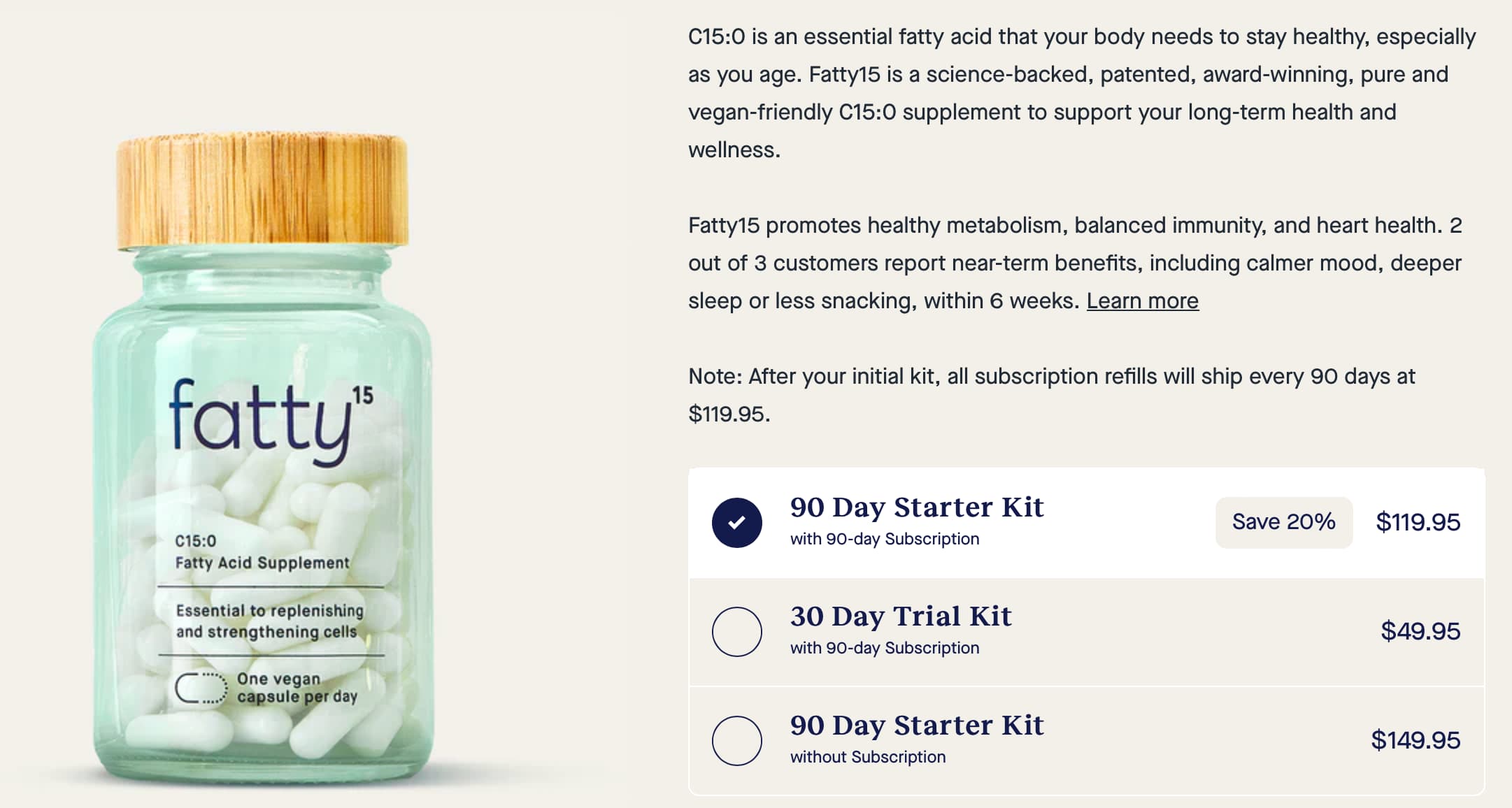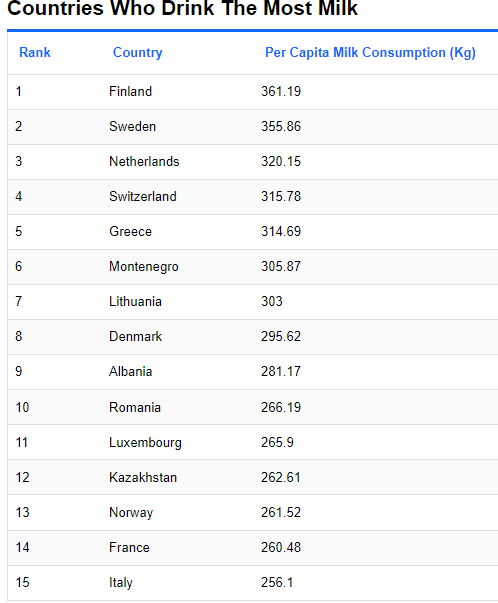Another not so new antiaging compound to add to our already bulky ‘wish list’.
Peer reviewed study: Pentadecanoic acid (C15:0) activates AMPK and inhibits mTOR, both of which are core components of the human longevity pathway
“Pentadecanoic acid (C15:0) is an essential odd-chain saturated fatty acid with broad activities relevant to protecting cardiometabolic, immune, and liver health. C15:0 activates AMPK and inhibits mTOR, both of which are core components of the human longevity pathway. To assess the potential for C15:0 to enhance processes associated with longevity and healthspan, we used human cell-based molecular phenotyping assays to compare C15:0 with three longevity-enhancing candidates: acarbose, metformin, and rapamycin. C15:0 (n=36 activities in 10 of 12 cell systems) and rapamycin (n=32 activities in 12 of 12 systems) had the most clinically relevant, dose-dependent activities. At their optimal doses, C15:0 (17 µM) and rapamycin (9 µM) shared 24 activities across 10 cell systems, including anti-inflammatory (e.g., lowered MCP-1, TNFɑ, IL-10, IL-17A/F), antifibrotic, and anticancer activities, which are further supported by previously published in vitro and in vivo studies. Paired with prior demonstrated abilities for C15:0 to target longevity pathways, hallmarks of aging, aging rate biomarkers, and core components of type 2 diabetes, heart disease, cancer, and nonalcoholic fatty liver disease, our results support C15:0 as an essential nutrient with activities equivalent to, or surpassing, leading longevity-enhancing candidate compounds”.
Just for your info, there is already a supplement containing it Fatty15. Maker (Seraphina Therapeutics) involved in the study:
"Funding
This work was funded in part by the Office of Naval Research (Agreement No. N00014-2109-0002); NJS data analysis efforts are supported in part by NIH grants U19 AG023122, UH3 AG064706, U19 AG065169.
But:
Conflicts of Interest
S.V.-W. is a co-founder of and employed by Epitracker, Inc and Seraphina Therapeutics, Inc, which hold exclusive licensing rights from the U.S. Navy to commercialize odd-chain saturated fatty acids as human and animal health products. NJS is a co-founder of and consultant to Seraphina Therapeutics, Inc.
One scientific study mentioned in their site (Blog) to support their claims as antiageing. Cited in another post below.
For more info please visit the source link

